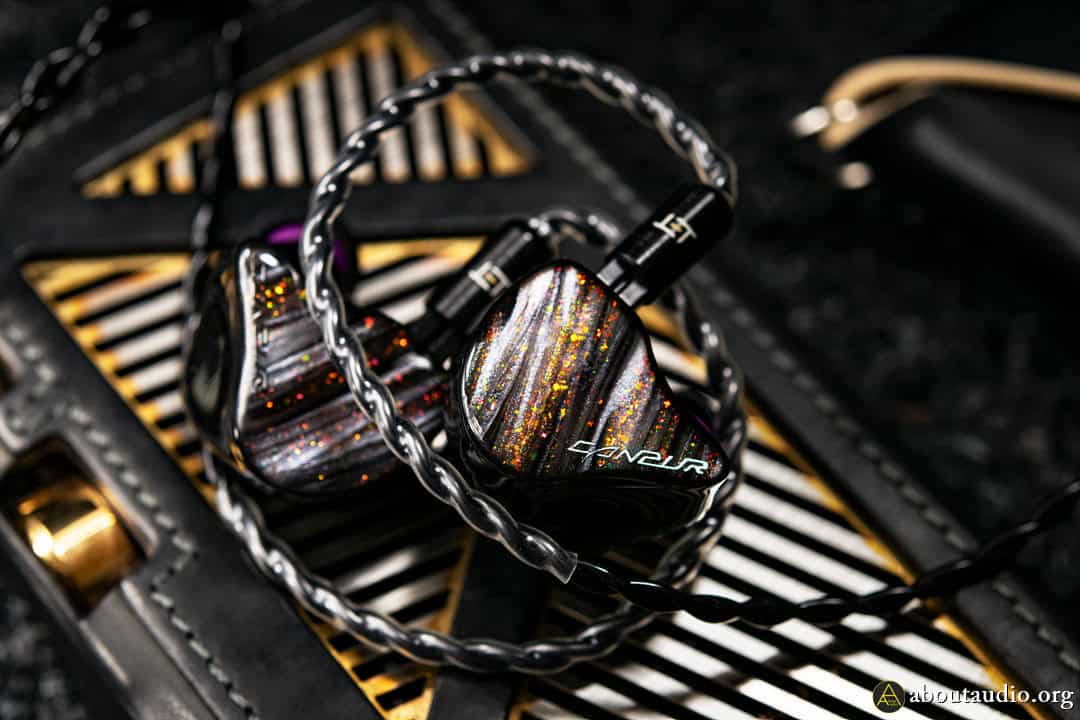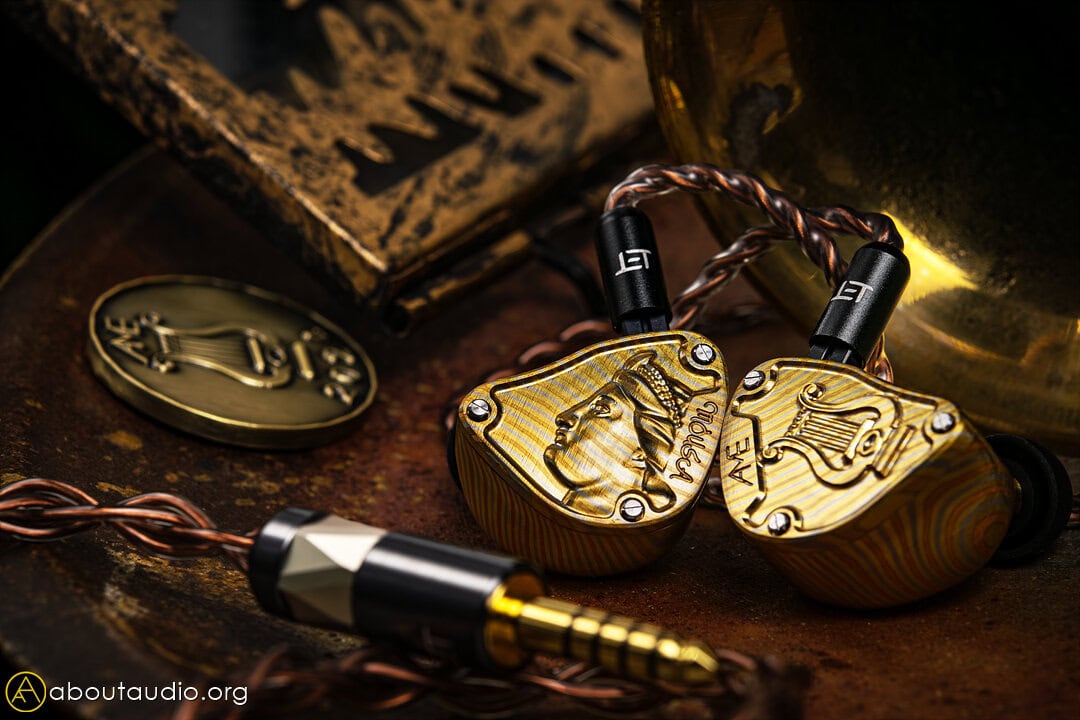
Compared to AME Gaia (Review link)
For the comparisons, I’d naturally compare it with one of the former flagship IEMs from AME – the Gaia. Utilizing 1DD+6BA+4EST drivers, Gaia embodies a great portion of what Mousa offers in terms of basic sound characteristics. Compared to AME Gaia, Mousa sounds significantly grander, fuller, and deeper. While Gaia also has spectacular headroom size and immersiveness, the experience being offered by Mousa is just incomparably better, as if eyes are being opened to another dimension. The ongoing airflow within the music, and the reverbs naturally produced and decayed, are what make Mousa differentiate from most other conventional IEMs, even including AME Gaia. There’s also a drastic difference when it comes to thickness in color and timbre, Mousa being incredibly lush in tone and color.
Gaia has a flatter, more reference tuning, and sounds overall ‘cleaner’ – not due to superior resolution but fewer reverbs. You could expect Mousa as Gaia’s core mechanics to be full-blown in performance and charms, and most importantly, the headroom getting absolutely massive and grand. It’s surprising how Mousa makes Gaia sound so thin and hollow once making the transition, despite Gaia already being one of those IEMs that sound wide and immersive.

Compared to Canpur CP622B (Review link)
Let’s compare with the renowned flagship IEM from Canpur, the CP622B. Also released in the Titanium form lately, the CP622B uses 6BA+2BA+2BC drivers. The CP622B competes very well against Mousa. While they share some similarities in general sound signature, they already differ once we start to get into some details. Compared to Mousa, the CP622B has less sub-bass and reverbs, leading to a leaner, tighter body. Both the lows and mids are slimmer in body and tighter.
The upper frequency textures are a bit more silky and expose the grains slightly stronger than Mousa does. The immersiveness and fullness of the bass, as well as the front-back fullness, are superior on Mousa. However, this could very much come down to personal preference; if you prefer a cleaner, transparency-focused timbre, the CP622B will suit you better. Mousa is more musicality-focused (rightfully so) while not falling behind in performance when compared to the CP622B.

One of those that will remain Timeless…
Having experienced several upgrades from resin to metal shells in the past, I was honestly prepared for Mousa to pick up noticeable booming or metal resonance—especially after hearing its earlier resin prototype at CanJam SG. But to my surprise, Mousa keeps AME’s punchy impact and tight control fully intact, while letting the Mokume-gane shells add their own flavor in a very clean, deliberate way. The resonance is present, but never messy; just enough to feel the material and the chamber work, not so much that it smears the presentation.
What impressed me most was how naturally Mousa brings its atmosphere to life. The headroom feels alive, the resonance feels intentional, and the overall sound has a physical presence that you rarely get even at this price. You’ll be surprised by how immersive, large, and lively Mousa sounds—and how confidently it carries that character without losing cleanliness or composure. Embodying the precision, clarity, and balance of AME’s Raven Gaia, the Mousa now sits above them with a deeper, richer ambiance and a noticeably larger headroom that is absolutely vast, explosive, yet disciplined. It takes AME’s usual strengths and expands them into something much more immersive. I’d highly recommend anyone looking for a summit-fi IEM to try Mousa before you make any big purchase decisions. Mousa’s sound is one of those that won’t wear off over time, permanently remaining as the God of Music.

Thanks for reading! Check out more of our reviews for AME products.


